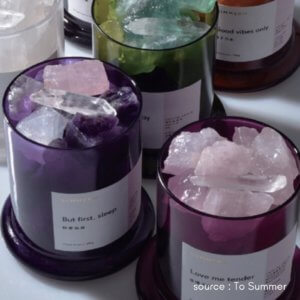
Oriental Aromatherapy
Aromatherapy is a trend to watch for the coming years in Asia as it will surely keep on growing and is in synch with many local aspirations of consumers.

This article first appeared on the Makeup In New York newsletter and Beauteamatch platform here.
Inclusivity has been a key concern for many people over the last few years. In the beauty industry it has impacted product development but also organizational structures. Let’s explore the significant inclusivity changes, product-wise and for people of color, that were born in the industry.
For starter, all brands are now offering products to fit larger skin tone ranges. If it is not yet perfect, there is undoubtably more options for people with darker skin to choose from. Fenty Beauty made it somehow a norm when Rihanna launched the brand with 40 different shades of foundation. And if the brand is not the first one to have had inclusivity in its DNA since the beginning, it surely helped make it more mainstream.
Another interesting evolution in products benefiting to more inclusivity is custom color makeup. Leader on that segment is Lancôme with Le Teint Particulier that uses a patented foundation shade finder technology and blend together pigments to create a unique shade to perfectly fit the skin. This type of service might still be a niche segment, however, it will surely become more affordable and accessible with time and will allow people to find the exact color to match their unique skin.
Finally, while we primarily think about inclusivity in terms of color, hence makeup, it is also important to think about it in terms of skin type and to develop skin care accordingly. New brands such as Melé Skincare or 456 Skin are specifically designed for melanin-rich skin to tackle concerns like hyperpigmentation and uneven skin tone. Sun protection is also adapted to dark-skinned people with products made of zinc which are formulated to avoid the usual white cast left on darker skin by many products.
Inclusivity is about developing products for everyone regardless of their gender, age, religion or skin tone and it encompasses movements like gender-fluidity, male beauty or silver beauty to name a few. Beauty for people of color is one of these movements and it goes hand in hand with political, economical and social changes. Understanding the general context it stems from is essential for brands to know what needs to be done to go in the right direction.
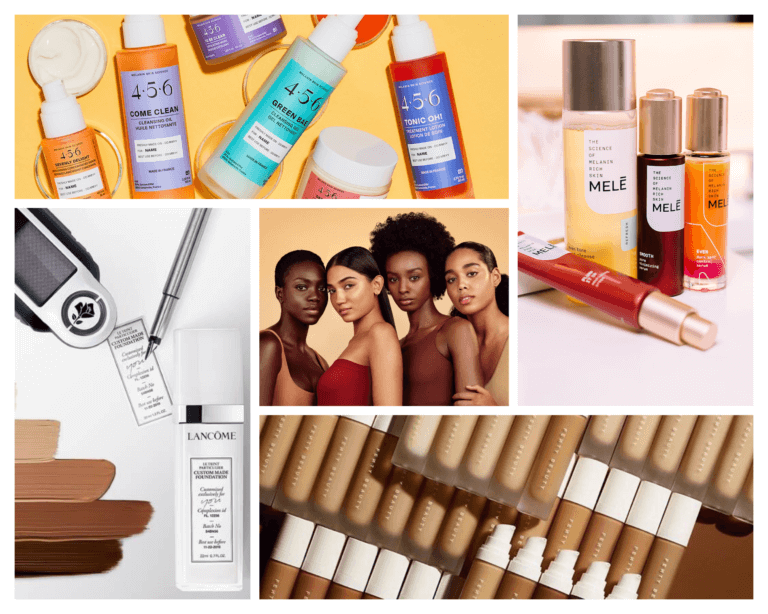
Monia MERABET

Aromatherapy is a trend to watch for the coming years in Asia as it will surely keep on growing and is in synch with many local aspirations of consumers.
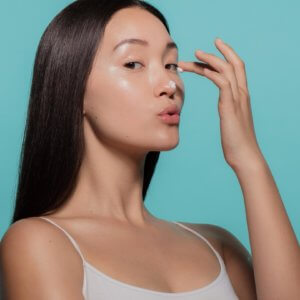
The pandemic and climate crisis have made consumers more aware than ever of the relation between their surroundings and the environment they live in and the overall health of their skin.
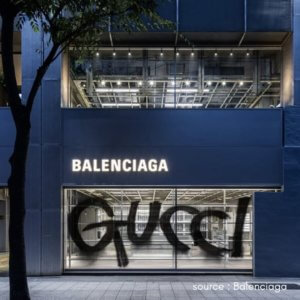
Luxury houses keep on looking for new ways to reinvent themselves and stay attractive in a very competitive industry. Consumers are always expecting new, innovative products or campaign and major brands are very prolific in the area.
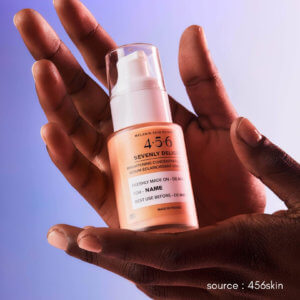
Inclusivity has been a key concern for many people over the last few years. In the beauty industry it has impacted product development but also organizational structures.